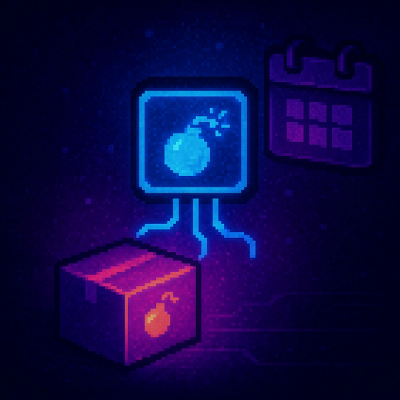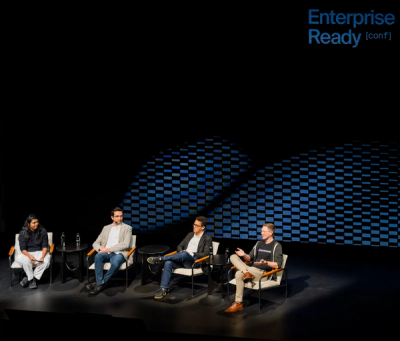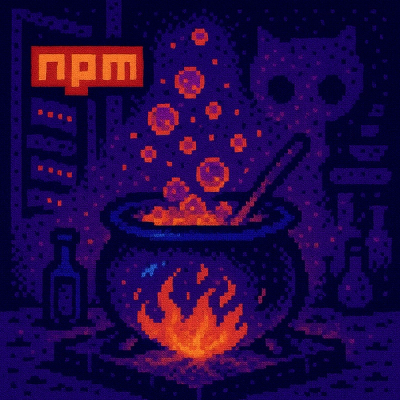
Research
/Security News
9 Malicious NuGet Packages Deliver Time-Delayed Destructive Payloads
Socket researchers discovered nine malicious NuGet packages that use time-delayed payloads to crash applications and corrupt industrial control systems.
@exogee/graphweaver-mikroorm
Advanced tools
@exogee/graphweaver-mikroormMikroORM adapter package for Graphweaver
Comprehensive documentation and usage examples can be found on our Docs Site. It covers installation instructions, detailed API documentation, and guides to help you get started with Graphweaver.
graphweaverThe Graphweaver Command Line Interface (CLI) tool enables you to set up and manage Graphweaver using commands in your command-line shell. Check the graphweaver npm package here.
To configure a single database it is possible to use env vars. There are two options:
DATABASE_SECRET_ARN='<AWS SECRET ARN>'
DATABASE_HOST='localhost'
DATABASE_NAME='no_acls'
DATABASE_PORT='5432'
DATABASE_USERNAME='postgres'
DATABASE_PASSWORD='postgres'
If you have multiple databases connected to graphweaver then you will need to pass in the configuration settings in your own code.
const connection = {
connectionManagerId: 'postgresql',
entities,
driver: PostgreSqlDriver,
mikroOrmConfig: {
host: process.env.DATABASE_HOST || 'localhost',
dbName: process.env.DATABASE_NAME || 'no_acls',
port: process.env.DATABASE_PORT ? Number(process.env.DATABASE_PORT) : 5432,
user: process.env.DATABASE_USERNAME || 'postgres',
password: process.env.DATABASE_PASSWORD || 'postgres',
}
}
@Entity('Tag', {
provider: new MikroBackendProvider(OrmTag, connection),
})
You can also pass a different ARN per connection:
const connection = {
connectionManagerId: 'postgresql',
entities,
driver: PostgreSqlDriver,
secretArn: process.env.DATABASE_ONE_SECRET_ARN
}
@Entity('Tag', {
provider: new MikroBackendProvider(OrmTag, connection),
})
Lastly, you can also pass a function to the MikroOrmConfig option and Graphweaver will await the result. For example:
export const postgresqlConnection: ConnectionOptions = {
connectionManagerId: 'postgresql',
mikroOrmConfig: async () => {
if (!config) {
logger.info('Resolving new connection config');
const credentials = await postgresqlCredentials();
config = {
entities: [LinkDataEntity, SubmissionDataEntity, UploadDataEntity, VisitDataEntity],
driver: PostgreSqlDriver,
...credentials,
};
} else {
logger.info('Returning pre-cached connection config');
}
return config;
},
};
FAQs
MikroORM backend for @exogee/graphweaver
The npm package @exogee/graphweaver-mikroorm receives a total of 295 weekly downloads. As such, @exogee/graphweaver-mikroorm popularity was classified as not popular.
We found that @exogee/graphweaver-mikroorm demonstrated a healthy version release cadence and project activity because the last version was released less than a year ago. It has 2 open source maintainers collaborating on the project.
Did you know?

Socket for GitHub automatically highlights issues in each pull request and monitors the health of all your open source dependencies. Discover the contents of your packages and block harmful activity before you install or update your dependencies.

Research
/Security News
Socket researchers discovered nine malicious NuGet packages that use time-delayed payloads to crash applications and corrupt industrial control systems.

Security News
Socket CTO Ahmad Nassri discusses why supply chain attacks now target developer machines and what AI means for the future of enterprise security.

Security News
Learn the essential steps every developer should take to stay secure on npm and reduce exposure to supply chain attacks.